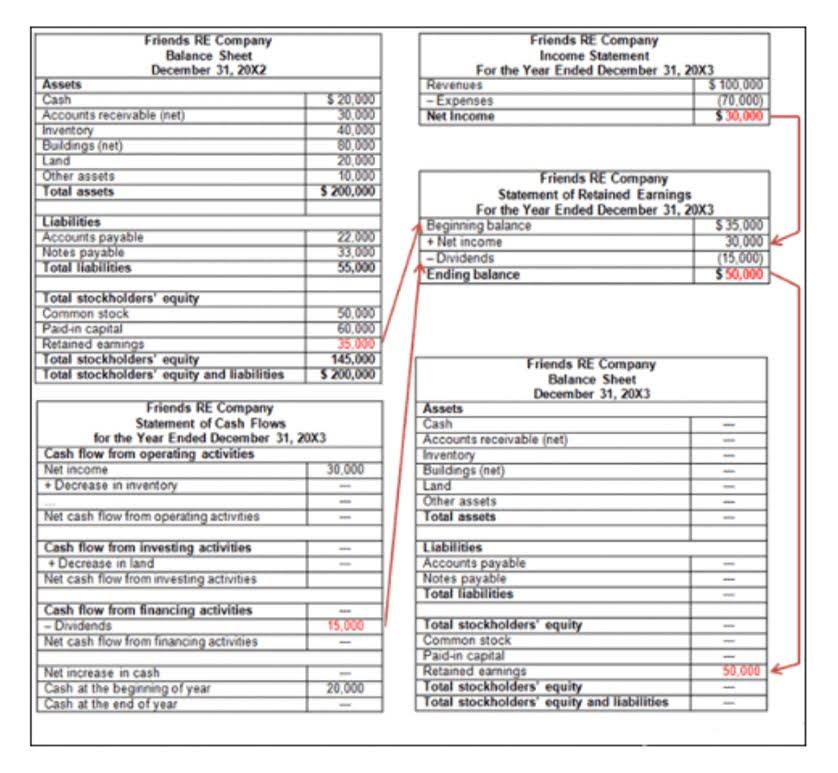Create Account Free Porn Videos & Sex Movies Porno, XXX, Porn Tube and Pussy Porn
For the safety and privacy of your Pornhub account, remember to never enter your password on any site other than pornhub.com or pornhubpremium.com. The subreddit has a wiki set up full of information that should be read before posting, especially the FAQ page. Posts or topics that have recently been discussed on the subreddit don’t need to be posted about again. Please refer to the most recent post about the topic you’d like to discuss.
Maybe asking r/Crunchyroll for help is a way to go, if you do please provide as much information as possibleWhat is your issue? A “it’s been on and off since what is a depreciable asset Friday.. etc.” is not explaining, even a screenshot of “there is something wrong please try again” is not helping. I will update this guide with more information on basic issues people have with platforms I do not use. Thanks to a huge amount of issues being posted in this sub I thought it would be nice to give a Guide on how to ask here for help and troubleshoot on your own.
Watch this 1080p video only on pornhub premium.
Pornhub is the undisputed source of the wildest hardcore sex videos, chock-full of hot amateurs and famous pornstars alike! Our site prides itself on delivering full-length porn videos that bang so hard that even the most seasoned fans of adult content are wildly aroused. Here at PORN.COM, several sources converge to bring you the mostexpansive collection around. PornHub is but one of these reliable sources andis a mainstay in our naughty little community. As with other adult tube sitesof its kind, PornHub makes use of a unique video player that can displaystandard porn formats along with VR and 180-degree porn too.
No low-effort posts
No matter if you’re looking for sexy babysitters,blacked pornstars or MILFs on the prowl, you’ll find what you like here. Seewhat everyone’s been talking about today.By making use of our powerful source filters youcan select to include PornHub in the overall results or not. This gives you theultimate choice in the matter and a way to customize the clips that appear herewith us. Come on back to see what’s new and indulge with your favorite 18+brands in a whole new way. Videos from PornHub can include featured clips from leadingXXX producers but it also has a very robust and active member community thatupload videos all the time.
Popular Porn Categories A-Z
Special thanks to u/ExpertGamerJohn for helping with and getting me off my ass to do something for the people this holiday season.
Your Home for Hardcore Porno Videos
- To view it, please log in to confirm your age.By continuing, you also agree that use of this site constitutes acceptance of Reddit’s User Agreement and acknowledgement of our Privacy Policy.
- PornHub also boasts a variety of social programs, specialproducts, internal awards and other unique elements that have helped staff pavethe way for a new generation of pornography.
- Nobody has better porn than Pornhub , so why go anywhere else for the XXX cravings?
With premium and free options, this is one of thesites that cater to a wide variety of audiences and tastes. Here you’ll get ahuge selection of pornstar pages along with a full list of categories to drawupon. Just when you thought it was safe to enter the internetagain, PornHub rears its massive head to bring us an incredibly huge selectionof quality porn.
Recommended Pornstars
Individualprofiles and channel pages are linked to the videos added in each niche so youcan easily drill down to see more. And like most other XXX networks, you canseamlessly move between straight, gay and transsexual content. Pornhub provides you with unlimited free porn videos with the hottest pornstars.
The company has been criticized for slow or inadequate responses to these incidents. Asking for account information for any services, including Crunchyroll, is not allowed. Sharing, trading, and offering account information is also not allowed.
Welcome to the unofficial subreddit of Crunchyroll, the best place to talk about this streaming service and news regarding the platform! Nobody has better porn than Pornhub , so why go anywhere else for the XXX cravings? Pornhub is the home of the best sex videos, with us you will keep coming back.
Cómo se puede desactivar la censura de crunchyroll? Si es que se puede de alguna manera.
Enjoy the largest amateur porn community on the net as well as full-length scenes from the top XXX studios. We update our porn videos daily to ensure you always get the best quality sex movies. Unlike many tube brands, PornHub gives you a genuine sense ofcommunity with useful profile searching and geo limiting tools.
- Discussions about Crunchyroll anime is allowed, as long as there’s meaningful discussions to be had, such as updates to the catalog and scheduling updates.
- Please refer to the most recent post about the topic you’d like to discuss.
- Pornhub provides you with unlimited free porn videos with the hottest pornstars.
Discussions about Crunchyroll anime is allowed, as long as there’s meaningful discussions to be had, such as updates to the catalog and scheduling updates. Keep in mind that this is a Crunchyroll subreddit, not an anime discussion subreddit. This page may contain sensitive or adult content that’s not for everyone.
As a brand, PornHub has enjoyed the kind of notoriety fewwebsites or services have had. Featured in mainstream movies and televisionprograms, this source has emerged as an industry leader in adult. Everything is available for you in 1080p and 720p HD quality and we are sure that you will be amazed and glued to your screen by the countless categories we have compiled. A feast for the eyes with tons of hot sex pictures and live sex cams will get you all out and leave you begging for more. Pornhub makes a point of satisfying its fans, whatever your fancy, we’ve got it. Incidents have been reported of Pornhub hosting child pornography, revenge porn, and rape pornography.
To view it, please log in to confirm your age.By continuing, you also agree that use of this site constitutes acceptance of Reddit’s User Agreement and acknowledgement of our Privacy Policy. PornHub also boasts a variety of social programs, specialproducts, internal awards and other unique elements that have helped staff pavethe way for a new generation of pornography. After years of successful operation,this has become a household name and an undisputed influncer in the world ofporn.














